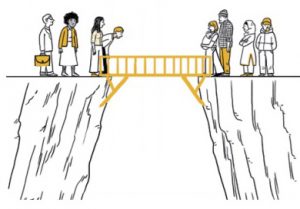Tag
life expectancy
-
U.S. life expectancy increases slightly, report says
There was some good news in January’s National Center for Health Statistics data brief: People in the U.S. are living…

-
OECD reports highlight gaps behind life expectancy gains
People on average are living longer, overall. However, a pair of recent reports from the Organisation for Economic Co-operation and…

-
Citing WHO data, writer gives thanks for health gains
This holiday season, Jennifer Rubin of The Washington Post turned away from politics to acknowledge some important recent health gains.…

-
•
Life expectancy of less-educated Americans decreasing
Call it the life expectancy gap. While Americans with higher education degrees are living longer, white men and women without…

-
•
Series examines life expectancy disparities
In their Contra Costa Times series “Shortened Lives,” Suzanne Bohan and Sandy Kleffman start by profiling three different people from…




